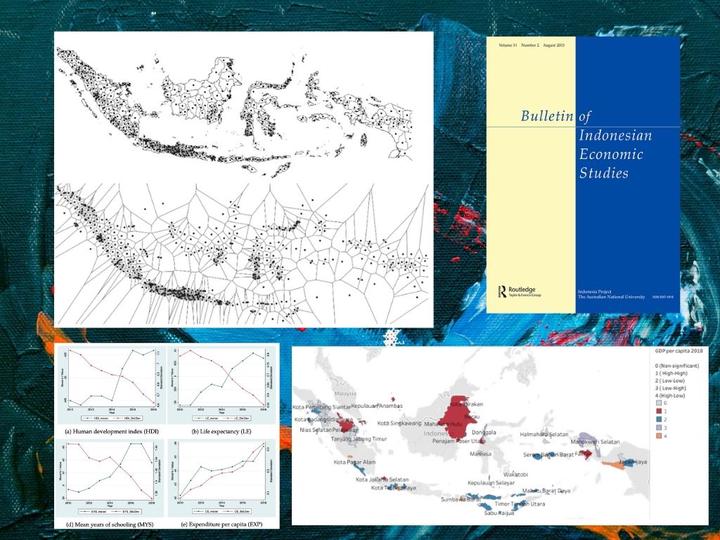Social and economic convergence across districts in Indonesia: A spatial econometric approach

Abstract
This paper evaluates social and economic convergence across 514 districts in Indonesia over the 2010-2018 period. By applying spatial panel-data methods, this paper re-examines the regional convergence hypothesis using a novel dataset on the human development index (HDI) and GDP per capita. These two indicators are used as proxies for social and economic progress, respectively. Results show a significant neighborhood effect on the convergence process in both indicators. Specifically, the performance of regional neighbors tends to accelerate the convergence speed of both HDI and GDP per capita. A spatial Durbin model further indicates that the convergence process of HDI is slightly faster than that of GDP per capita. These results are robust to two spatial connective structures: a contiguity-based Thiessen polygon and an inverse distance matrix. Among the determinants of social convergence, share of industry, and share of services sector show statistically significant effects. In contrast, only initial economic size presents a significant effect on economic convergence.